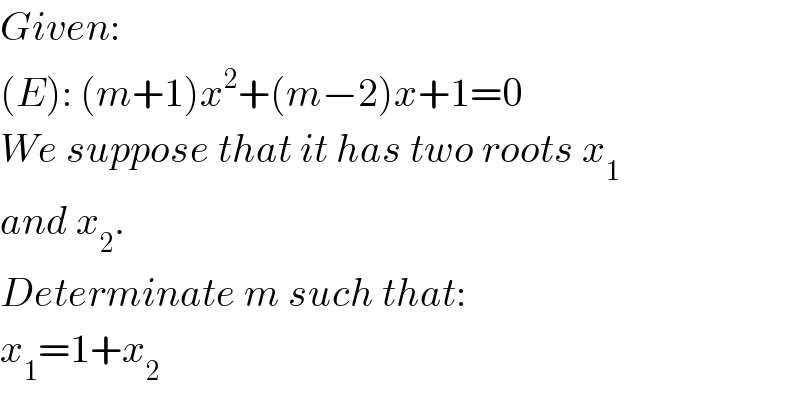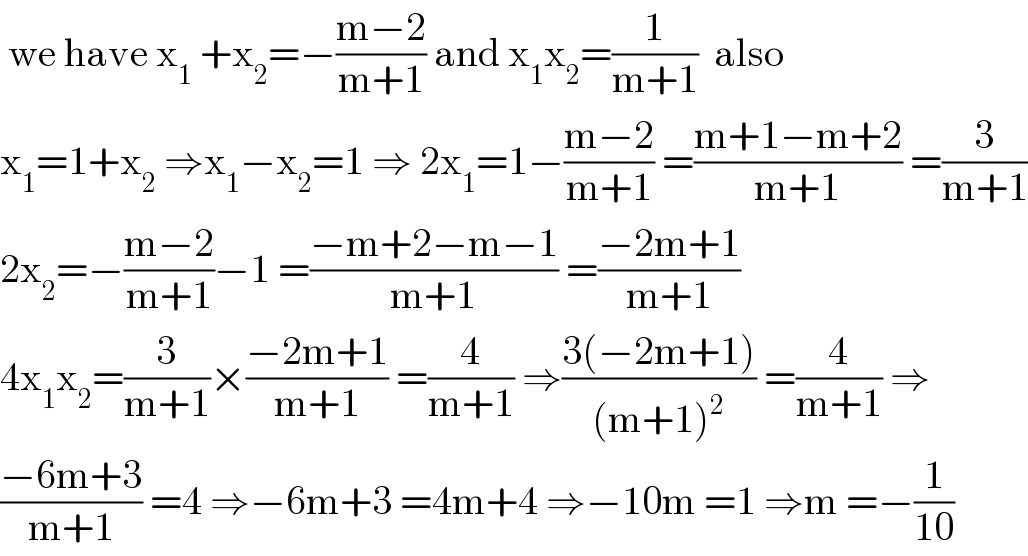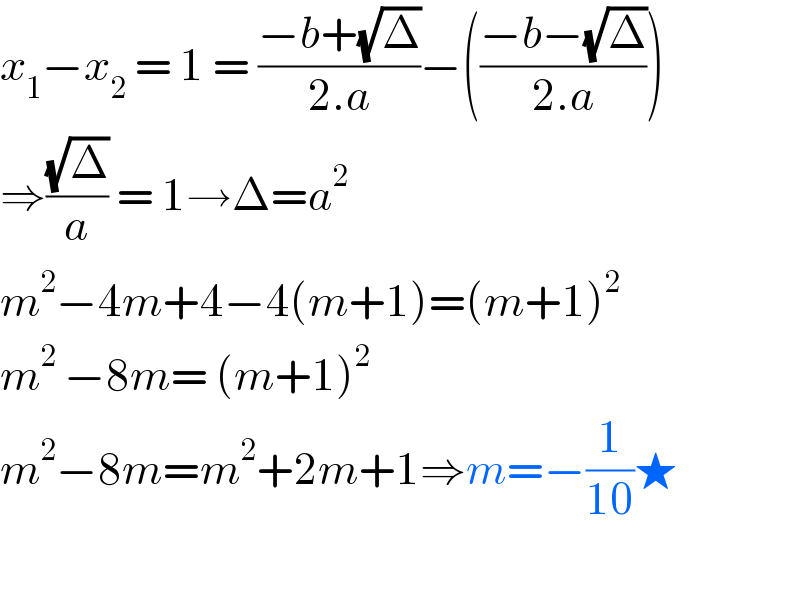
Question and Answers Forum
Question Number 104187 by mathocean1 last updated on 19/Jul/20

Answered by mathmax by abdo last updated on 19/Jul/20

Commented by mathocean1 last updated on 19/Jul/20

Commented by abdomathmax last updated on 20/Jul/20

Answered by bemath last updated on 20/Jul/20

Commented by mathocean1 last updated on 20/Jul/20

